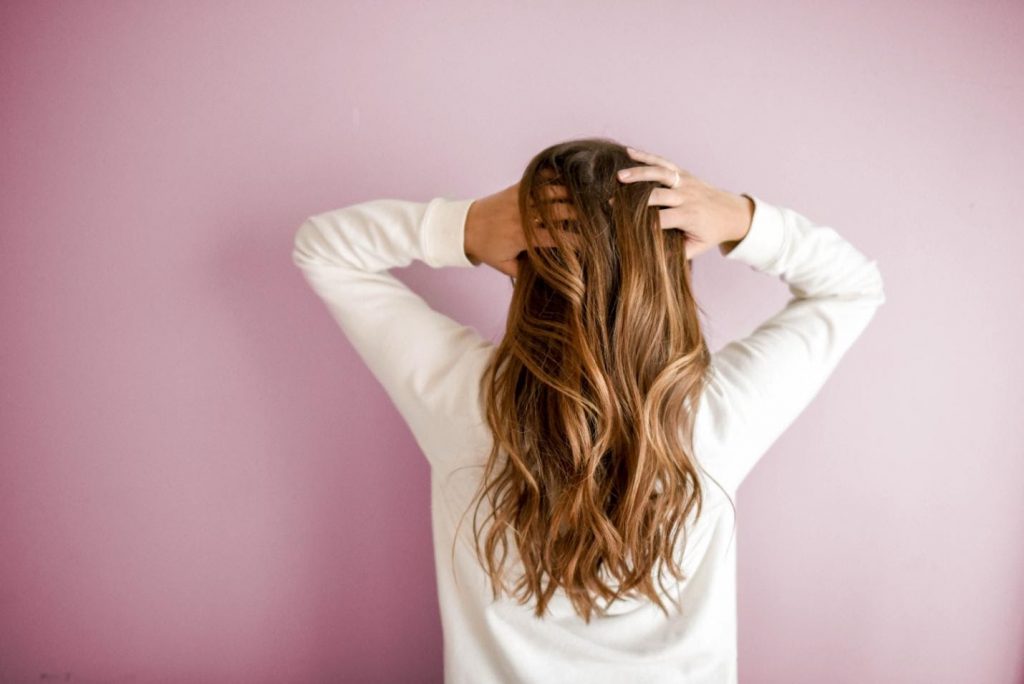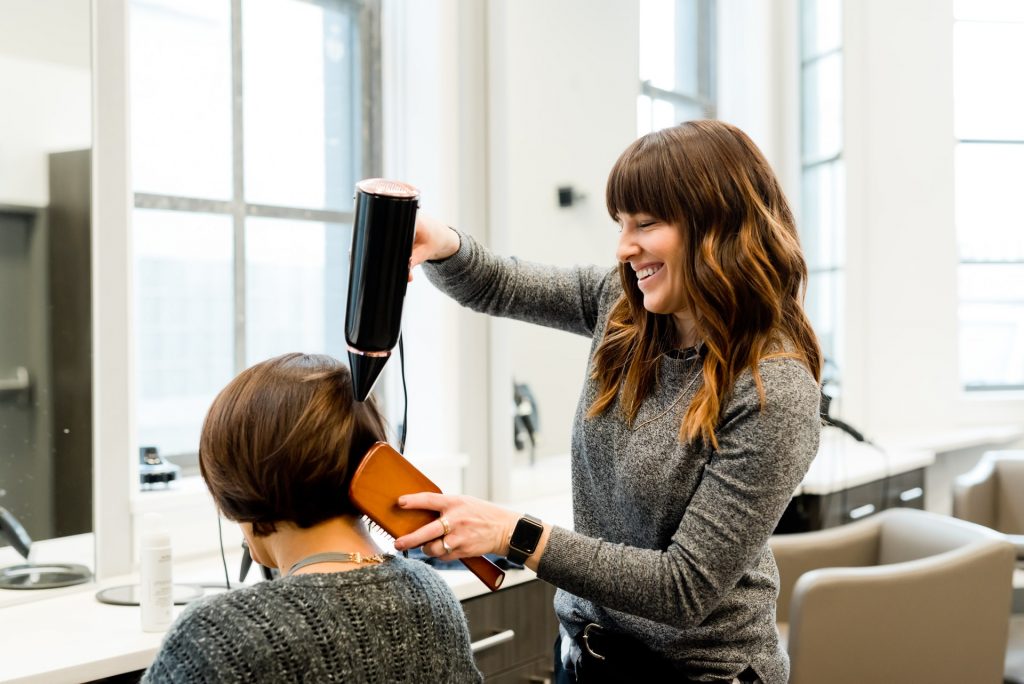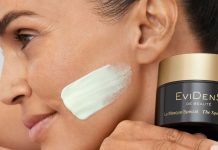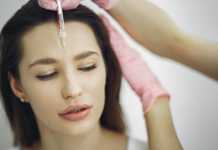Did you know that drying your hair naturally is much more dangerous than blow-drying? Going to bed with wet hair means choosing the shortest way to split ends. Tim Moore, PhD in Microelectronics from Cambridge University and Chief Technology Officer at ghd, has been studying the process of drying hair for several years and, in the end, wrote a detailed instruction on how to do it right.
Why is it bad to dry your hair without a hair dryer?
Dr. Moore says that “natural drying” is the worst thing you can do to your hair. He explains it this way. From the very first seconds, contact of hair with water changes its complicated structure at the molecular level. Each hair is a complex structure. First of all, it has an outer protective layer (cuticle), consisting of several layers of elongated keratinized cells, the so-called hair scales.
The main part of the hair is the cortex, formed from a pure protein, carotene. It is responsible for the volume of the hair (genetically determined) and its color (the chemical processes of pigment change occur in the cortex). The central element of the hair is the medulla, which is responsible for thermal conductivity. Our strands heat up or cool down depending on the temperature of the medulla. However, it is not found in some types of hair, such as vellus hair.
What happens when we wash our hair or just wet it? Try to imagine yourself inside a house with a leaky roof: when it comes to hair, your role will resemble that of cortex, and the cuticle will represent the tiles through the gaps in which moisture enters.
Because of the water, the cortex swells, and the hair increases in volume. It could become very fragile and almost defenseless because the cuticle scales, softens, and becomes fully open.
Most importantly, the longer we leave the hair wet and the longer the contact with water lasts, the more it continues to swell, “stretching” the cuticle. At the same time, each wash, followed by a slow drying time, puts the protective layer of the hair to the test, causing the appearance of cracks in the protective layer. Have mercy for your hair, as Tim Moore convinces: dry it immediately after washing.
The second terrible mistake he advises to avoid is going to bed with wet hair. Yes, in order to save time, we often go to bed as soon as we wash our hair. By doing this, you can cause damage to the hair, the correction of which will take many months.
What’s the matter here? While sleeping, we make involuntary movements, including fidgeting with our heads on the pillow – this friction is strong enough and can lead to thinning and brittle hair (in general, this is about the same as if you left the house with wet hair, pulling a hat on your head).

By the way, weather conditions greatly affect the quality of drying: high humidity will instantly reduce all styling efforts to nothing – use a heat-protective spray to reduce its effect on the hair. Tests conducted by Dr. Moore have shown that, as hard as it is to believe, our hair feels its best in winter – on a cold, clear day at zero degrees.
As for care products, the doctor is surprisingly loyal and advises to focus on the average price category. He assures that both luxury products and the mass market were tested in laboratory and field conditions. It turns out that “luxurious expensive bottles” are not worth paying incredibly high prices for them.
Summary: choose the “middle ground”, or the brand of the middle category (however, it’s up to you to decide).
Backed up by knowledge, we dry our hair in a new way – correctly and without harm:
In the conditions of constant time pressure, when we barely have time to wash our hair, we try to quickly pick up a hair dryer. Slow down, advises Dr. Moore. First, you need to gently dry your hair with a towel: wrap it around your head, grab the length of the hair, and massage lightly to absorb the main excess moisture.
It is not recommended to comb wet hair, but you need to prepare for drying. Don’t do it with a brush! Choose only a comb with large, rare teeth. If your hair continues to be very tangled, use a blow dryer with cold air for a few minutes and “flake” the hair with your fingers.
Using thermal appliances to work with wet hair can be disastrous. Imagine what happens to water at the highest possible temperatures: it turns into steam, which expands. When heated, drops of moisture remaining inside the hair can literally flare-up, practically burning its contents.
There is only one piece of advice here: use heat-protective sprays after drying and before styling and avoid temperatures above 210 degrees. They harm both the color and quality of your hair.












